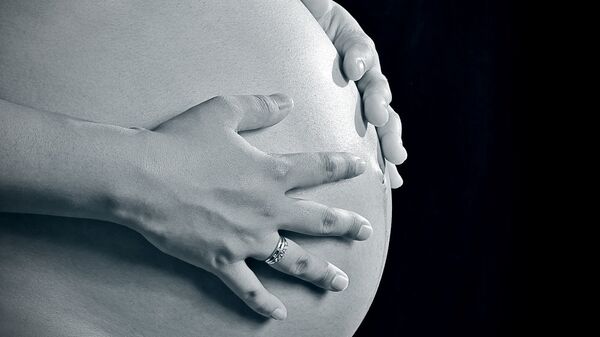Hyksin Ltd, a private hospital run by the Helsinki and Uusimaa hospital district (HUS) and the South Karelia social and health care district Eksote plan to open a maternity clinic in Saint Petersburg, hoping to encourage Russian women to give birth in Finland, Finnish national broadcaster Yle reported.
An agreement that is currently being negotiated would make it possible for foreign mothers to have their babies at the South Karelia Central Hospital in Lappeenranta. The distance from Lappeenranta to Russia's "northern capital" is only 220 kilometres. This is half the distance of the Hyvinkää hospital that opened maternity services for expectant Russian mothers in 2013. However, Russian women have found lthe ong-distance commute uncomfortable.
The proposed Saint Petersburg clinic would target private patients planning to have babies in Finland. Currently foreign mothers must be in Finland one month before their due date, so they can attend a maternity clinic. Mothers visiting Finland to give birth pay 10,000 euros ($11,300) for the service.
"They could visit the clinic in Saint Petersburg and then come to Finland when they are ready to deliver", Eksote chief Pentti Itkonen pointed out.
READ MORE: Too Much Hassle! More Finns Postpone Parenthood for Personal Freedom
Finnish officials believe the move will boost interest among Russian mothers to give birth in Finland amid an increasingly fierce competition in the childbirth tourism market.
However, there are other reasons for this move than economic competition. In 2018, Finland's fertility rate fell to an all-time low of 1.49 children per woman. At the same time, the number of births dropped to its lowest level since the great famine of 1866-1868 when the country had a population of no more than 1.75 million (as opposed to 5.5 million today). The drop is hardly an anomaly, as the total fertility rate has now decreased for seven consecutive years.
In a fresh population forecast, Eksote estimated that in the South Karelia district, the number of births will fall to between 500 and 600 a year.
"A decade from now we simply won't have enough mothers of childbearing age", Pentti Itkonen explained.
READ MORE: Call to Take Away Migrants' Child Benefits to Help Norway's Demographics
In 2010, Lappeenranta had 1,240 births, so the maternity ward capacity would suffice to accommodate visiting mothers as well, he added.
"If we delivered one baby a day for a visiting mother, in one year that would be enough to maintain a maternity ward here", Itkonen explained.
By contrast, shutting down the Lappeenranta maternity facility would mean that expectant mothers in the entire region would have to travel to other cities, such as Kotka or Lahti, to give birth.
According to Itkonen, offering cancer treatments to foreign patients is also a viable option.
READ MORE: Swedes Recommended to Stop Making Babies for the Sake of Environment




